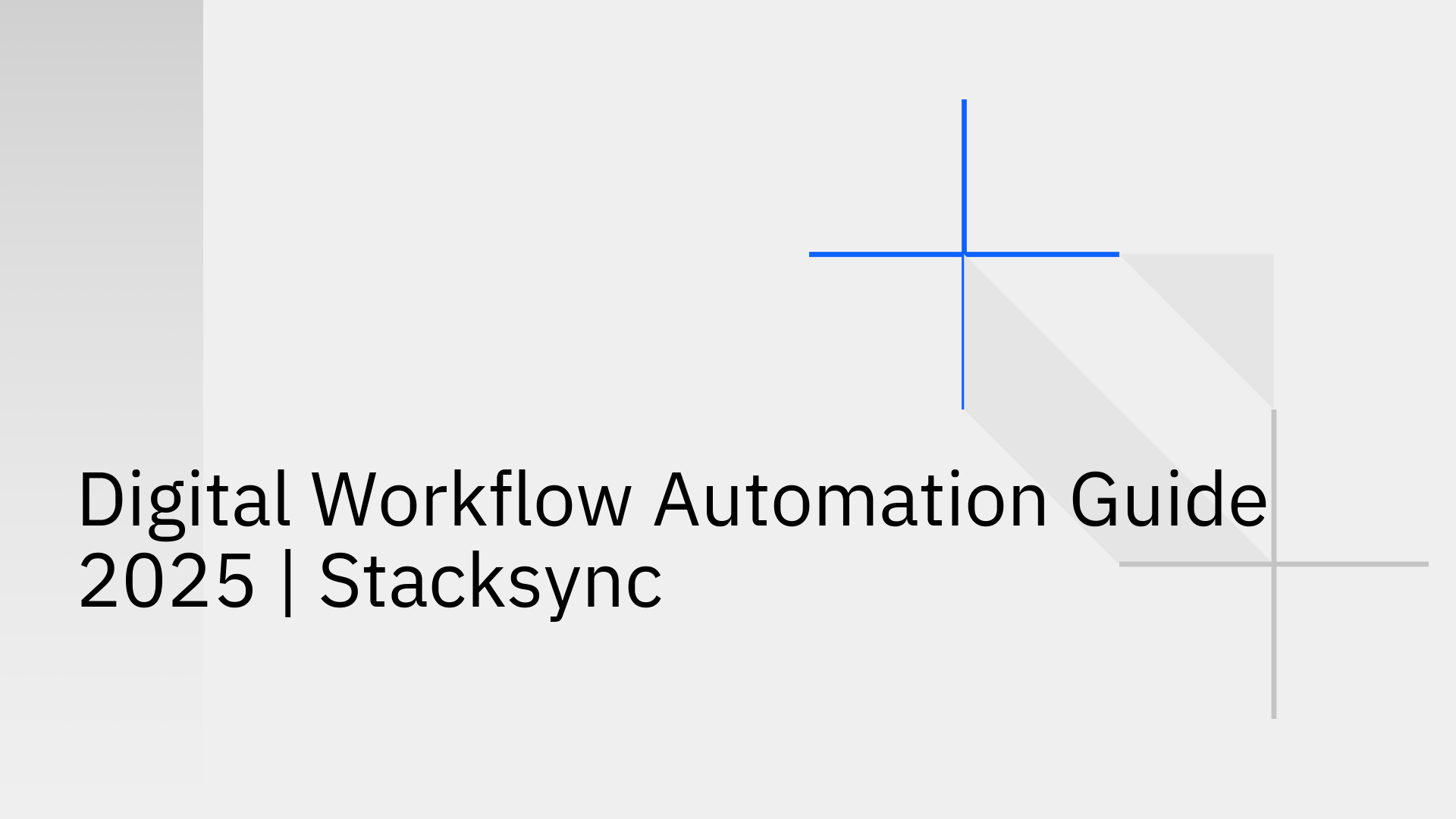
Digital workflow automation uses technology to streamline and optimize business processes by replacing manual steps with automated systems. Instead of handling paperwork, emails, or repetitive approvals, automation connects people, data, and tools in a seamless flow that runs faster, with fewer errors, and higher consistency.
Automation improves efficiency by reducing repetitive work, standardizing operations, and freeing employees to focus on strategic initiatives. According to McKinsey, up to 30% of hours worked in the U.S. could be automated by 2030, allowing companies to increase productivity while cutting costs.
Automating repetitive work increases speed and accuracy, enabling teams to complete projects faster.
Replacing manual labor with automated systems minimizes operational costs and scales business operations affordably.
Automation ensures consistency and provides audit trails for every action, which is vital for industries under strict regulations.
Automated workflows adapt easily as your business grows or as new systems are added.
By removing tedious tasks, employees feel more engaged. Customers benefit from faster service and fewer mistakes.
Unlike traditional iPaaS or ETL tools, Stacksync delivers real-time, bi-directional synchronization between CRMs, ERPs, and databases. This means data updates instantly across all systems — eliminating delays and manual syncs.
Key differentiators:
For example, a logistics company using Salesforce, NetSuite, and Postgres can automate order updates, reduce manual data entry, and ensure accurate inventory records — all in real time.
Digital workflow automation isn’t just about efficiency, it’s about transformation. By integrating tools like Stacksync, businesses eliminate data silos, reduce friction, and enable teams to work smarter, faster, and more securely.
Ready to automate your workflows?
Discover how Stacksync helps companies sync data across systems and power real-time, error-free operations.